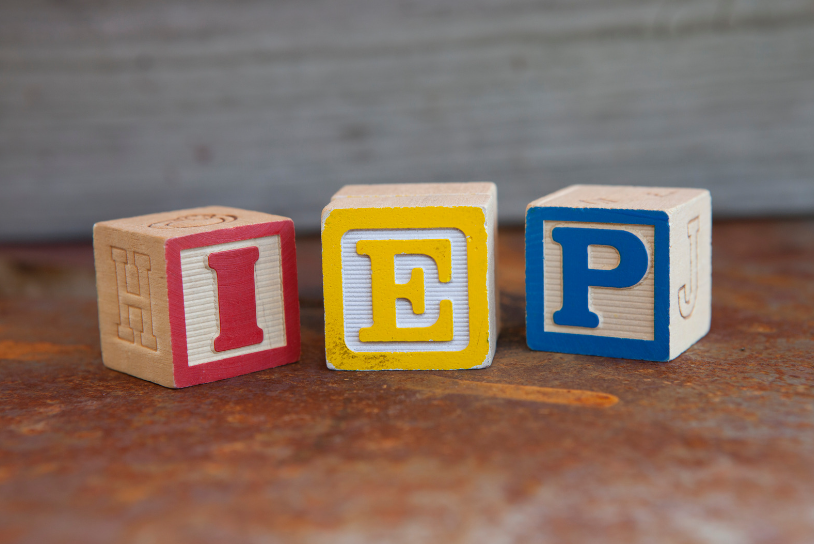For school-based SLPs, IEP is a well-known acronym used probably daily. Individualized Education Program (IEP) meetings play a pivotal role in this process, serving as a collaborative platform for setting goals and creating a roadmap for students with unique communication needs.
In this blog, we'll explore my top three strategies to navigate IEP meetings with confidence in the new year.
Prepare AND Plan!
This is absolutely necessary to ensure that you are providing progress and recommendations to the team with confidence. Review student progress, assessments, and any relevant data. Identify strengths and challenges and be ready to articulate specific examples that highlight the student's communication journey. This groundwork not only enhances your confidence but also contributes to a more productive and informed discussion during the meeting.
Set Clear and Measurable Goals.
This seems like a no-brainer, but sometimes it’s easier said than done. The heart of the IEP lies in its goals. Collaborate with parents, teachers, and other professionals to establish clear and measurable objectives for speech and language development. These goals should be tailored to the student's unique needs, ensuring that they align with both academic and functional communication demands. Make sure that your goal is written for an annual timeline and can be read and implemented easily by any other SLP.
Foster a Team Approach.
Remind everyone involved that the IEP meeting is a team effort. Each member brings unique insights and expertise to the table, and collaboration is key to the student's success. Emphasize the importance of ongoing communication among team members, ensuring a unified and consistent approach to supporting the student's communication goals.
By approaching these meetings with thorough preparation, a commitment to collaboration, and a focus on progress over perfection, Speech-Language Pathologists can contribute significantly to the success of their students.
Author: Camryn Harwick, M.S., CCC-SLP

